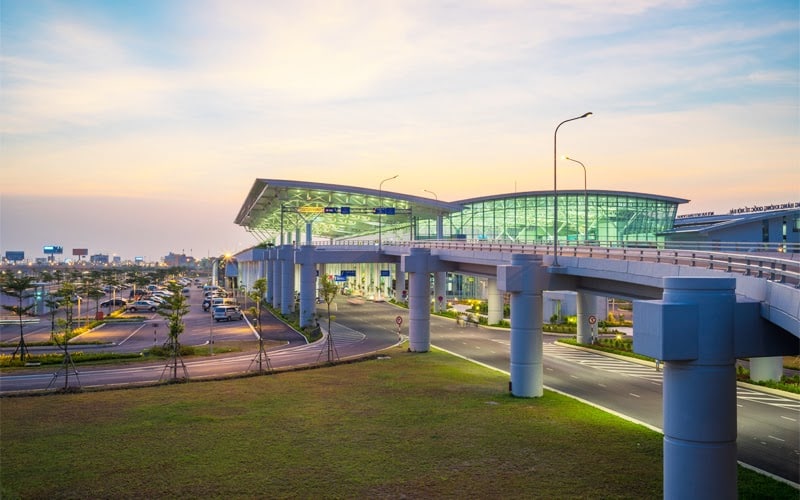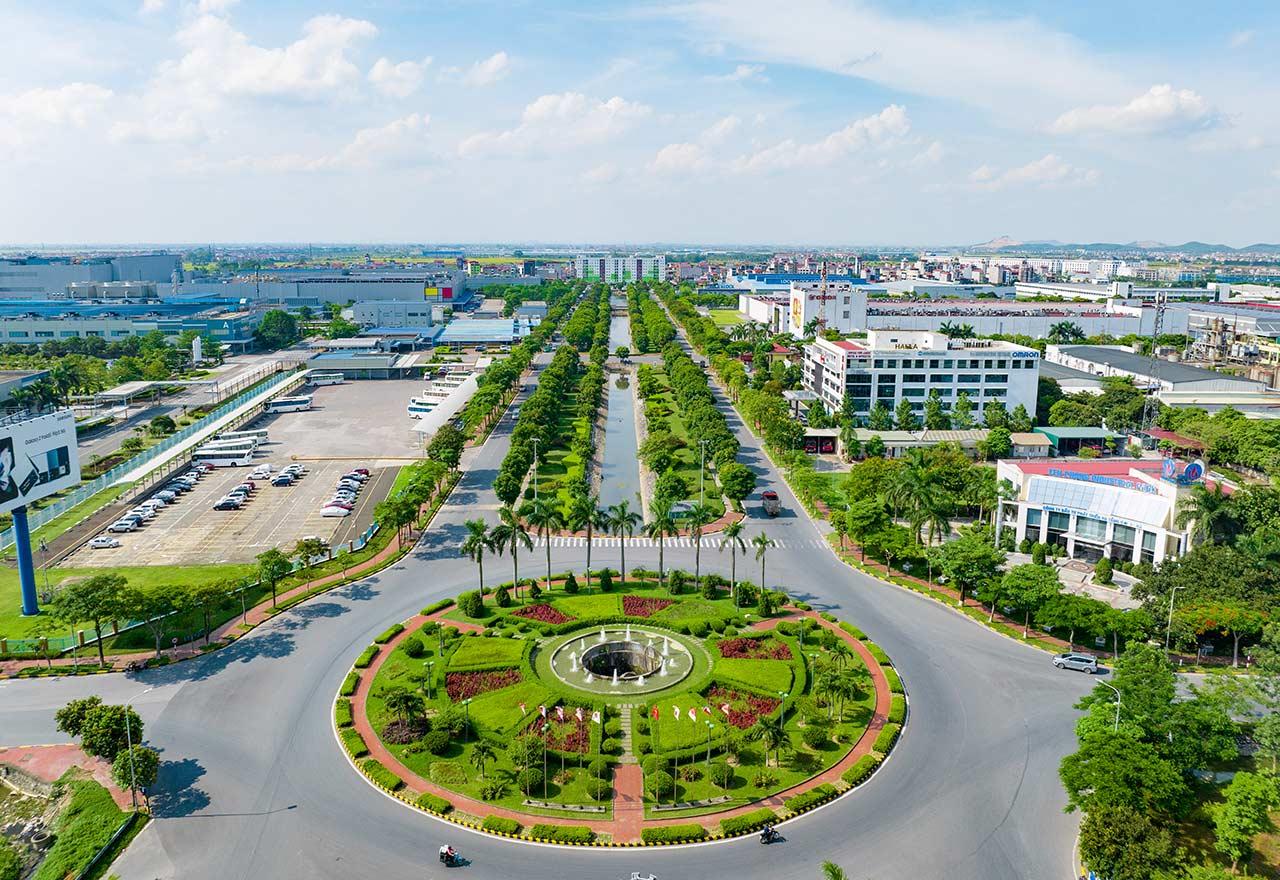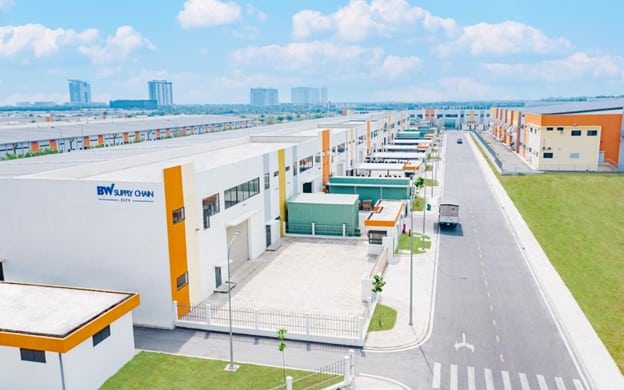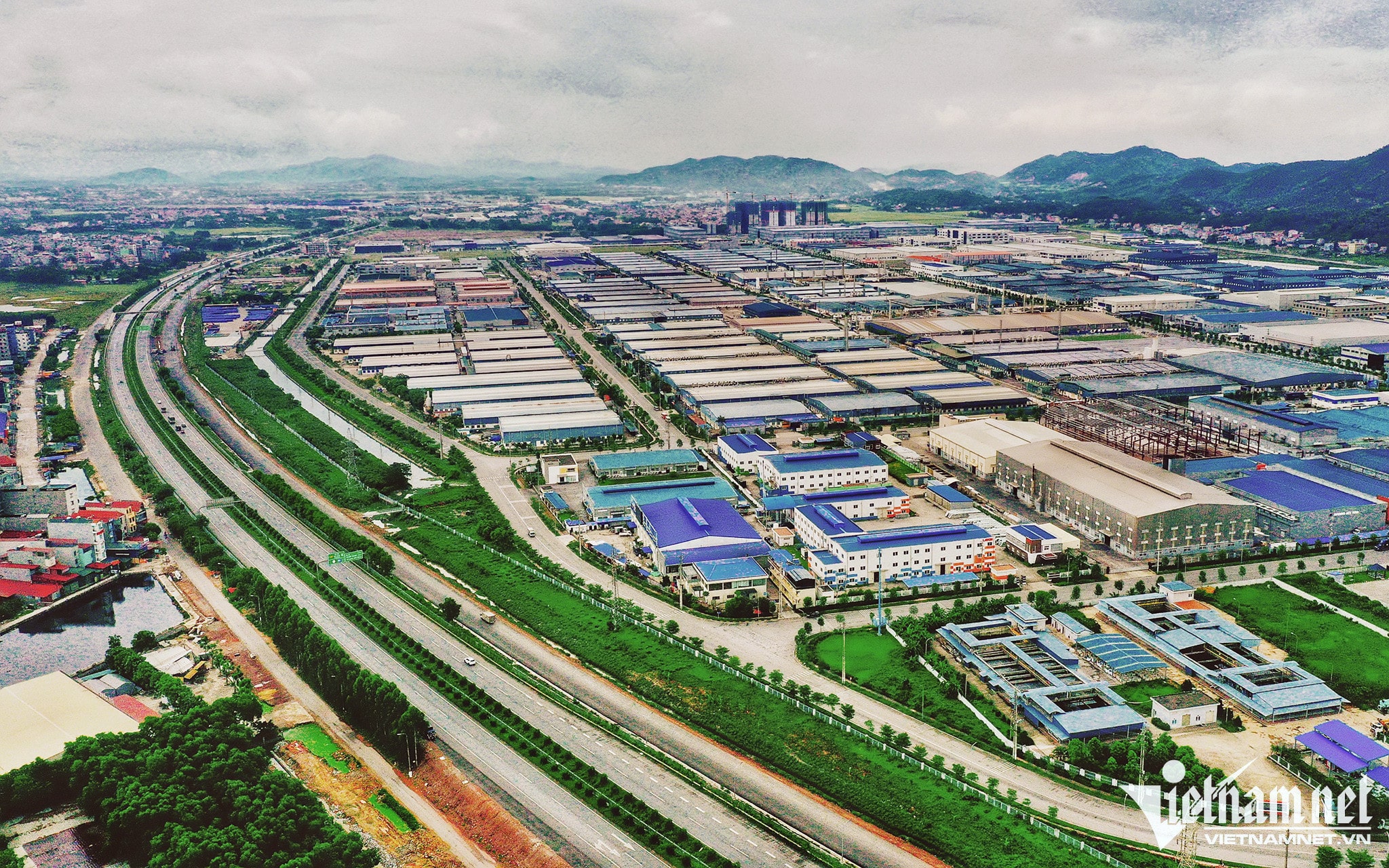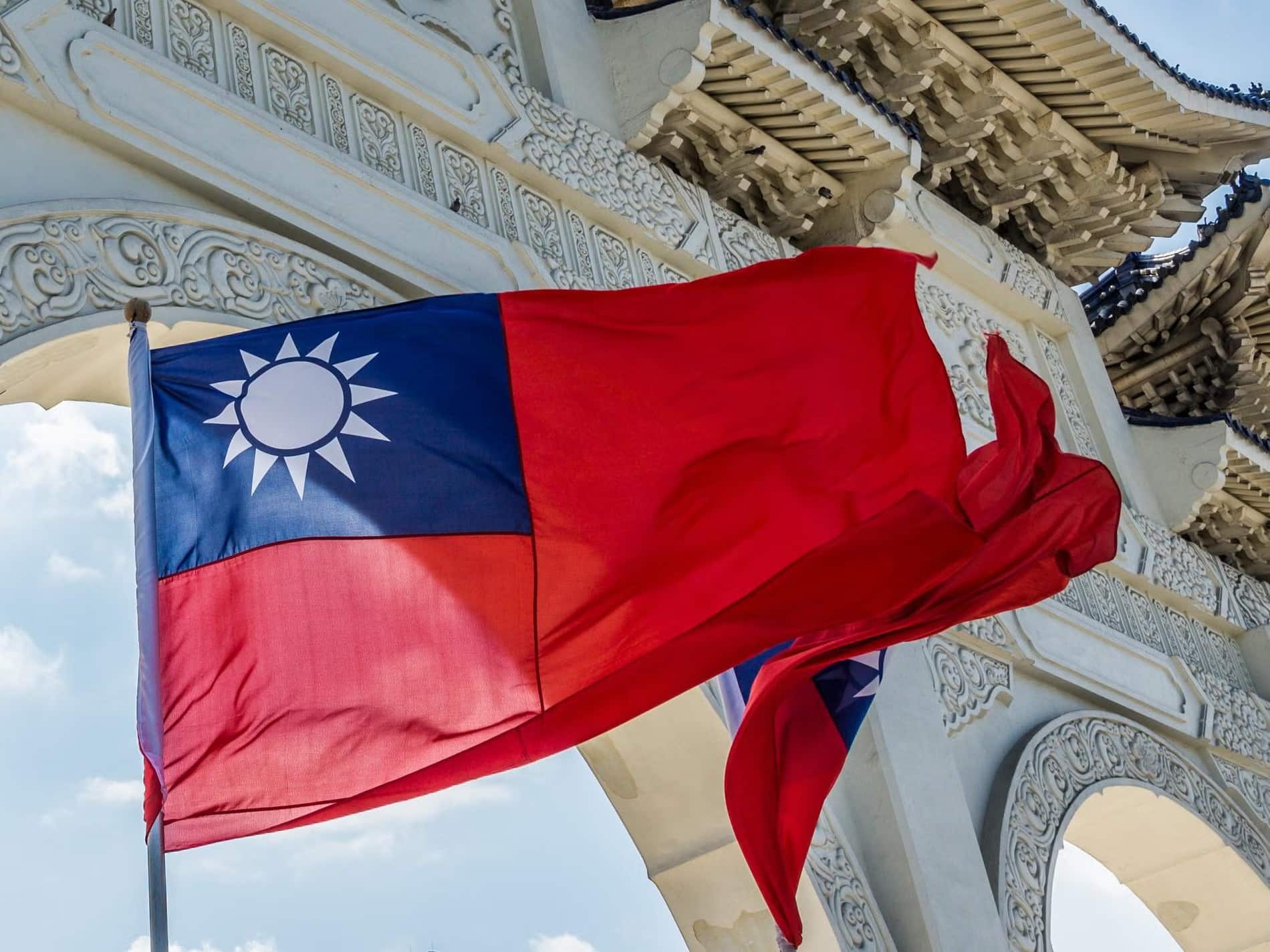The development of retail and e-commerce has increased corporate demand for manufacturing, industrial, and logistics real estate and storage across Vietnam. Here is all you need to know about industrial real estate development in Vietnam.
Vietnam is a country with a stable economy and a large youth population. From January to March 2021, total foreign investment in Vietnam amounted to approximately USD 10.13 billion, an increase of 18.5% over the same time the previous year. Check out this article to find out more about how the industrial real estate market has done thus far, as well as the expectations for the market in 2021.
Industrial Real Estate Development in Recent Years
According to Trading Economics, industrial output in Vietnam increased by 11.6% year on year (YoY) in May 2021, dropping from a 22.2% increase in April. In the first five months of the year, industrial production increased 9.9% compared to the same time in 2020. The government’s and enterprises’ attempts to combat the global epidemic while maintaining output are projected to keep industrial output in Ho Chi Minh City on the increase.
According to statistics from the Department of Industry and Trade in Ho Chi Minh City, industrial output in the city has continued its recovery momentum, with the Index of Industrial Production (IIP) for May predicted to climb between 1.6 and 5% compared to the previous month and at the same time last year.
Savills Vietnam Manager of Industrial Services, John Campbell emphasizes: “Demand continues to outstrip supply, emphasizing the need for greater segment supply in major industrial regions. Occupancy rates in important hubs, including Binh Duong, in Dong Nai, and Long An in the south, and Bac Ninh, Hung Yen, and Hai Phong in the north, have all increased dramatically.”
How Industrial Real Estate Development Impacts the Real Estate Industry and the Vietnamese Economy
Quang Ninh is a Vietnamese province that is attracting greater investment. According to a meeting of the regional People’s Council held on March 24, the northern province of Quang Ninh will set aside 58.7 trillion VND (2.53 billion USD) to build modern and synchronized infrastructure between 2021 and 2025.
For industrial real estate development in the North, priority will be given to vital infrastructure investments such as transportation, information technology, and telecommunications, as well as infrastructure in industrial parks, seaports, and port services. In 2021 alone, 11.7 trillion VND will be given.
Along with focusing on infrastructure completion at key seaports in Quang Ninh, the province has outlined plans to build international-standard marinas at Cua Luc Bay, while mobilizing resources to complete construction of the Van Don-Mong Cai highway, Ha Long-Cam Pha coastal road, Cua Luc 1 and 3 bridges, and a road and bridge to Hon Net-Con Ong port in 2022.
Despite the negative effect of the global pandemic, the gross regional domestic product (GRDP) of Quang Ninh is estimated to be 10.05% in 2020. In 2021, Quang Ninh hopes to maintain its GRDP growth rate of more than 10% and a total state budget income of more than 51 trillion VND. As for industrial real estate development in the south, when completed, My Phuoc 4 Industrial Park will include about 240,000 square metres of logistics and light industrial facilities. The Park is in Binh Duong, Vietnam’s southern industrial cluster region.
Clustering is well recognized across the world for its ability to benefit certain sectors. If properly implemented, it has the potential to enable Vietnam’s tier 2 cities and provinces to compete successfully in terms of recruiting both high-value-added projects and supporting industries. Consolidating projects by sector provides occupiers with greater options, such as developing production networks and value chains, rather than a scattered dispersion of sectors throughout the nation.
Furthermore, many of Vietnam’s foreign manufacturers would be familiar with industrial clustering, since it is common in many of the nations from which they are migrating. Currently, industrial real estate development in the country is strongly reliant on operational elements like infrastructure and distance to source and destination markets. Certain sectors have favourable locations, such as Bac Ninh for electronics or Hai Phong for automotive ventures.
To effectively stabilize the downstream of sector-specific industries in order to achieve operational efficiency, the government will need to commit to and provide advice on strategic planning, policy, processes, and preferential incentives.
Prospects for Industrial Real Estate Development in Vietnam
The EVFTA will offer further momentum to Vietnam’s industrial transformation away from low-skilled, labour-intensive sectors and toward higher-value sectors. The Vietnamese government is alleviating worries about viability, labour shortages, and escalating prices by permitting cutting-edge manufacturing technology and increasing personnel training. Transitioning to a more open company environment can assist in alleviating investor worries while also improving quality.
However, the characteristics of nations interested in Vietnam are changing, resulting in increased skilled labour demand and occupational aptitude. Investing in education and training is critical for Vietnam to accommodate high-value ventures.
“Industry 4.0 is receiving worldwide attention, and Vietnam is focusing on the opportunity,” said John Campbell, Savills Vietnam Industrial Services Manager. “It is critical to have a national plan, a strong legal 4.0 framework, and policies that benefit business and industrial communities.”
“According to the Central Institute for Economic Management (CIEM), a 4.0 manufacturing strategy backed by mid-level technology may anticipate a 16% increase by 2030. According to a CIEM study, Vietnam’s manufacturing, which is backed by leading technology, has a potential for development of up to US$14 billion.
Vietnam’s fast industrial real estate development has been fueled by a tenfold increase in FDI over the previous 10 years. However, in order to effectively progress up the value chain while enhancing competitiveness, the nation must become more project-selective.
This will necessitate continued investment in infrastructure and intermodal transportation links, as well as higher education standards, a national skills development plan to increase skilled labour supply, and a greater emphasis on attracting priority hi-tech and smart manufacturing, as well as refining FDI incentives and policies. Vietnam, which is already adjusting to these demands, has a clear chance to capitalize on the vast potential of Industry 4.0.
Conclusion
As nations and sectors contemplating investing in Vietnam grow, so will the need for more skilled labour and education. It is critical to continue investing in education, particularly in IT, mathematics, and the sciences, in order to efficiently handle higher-value initiatives. Although labour costs in Vietnam are one-third those of China, productivity is just one-third that of China.
However, the government has acknowledged this problem, agreeing to build a national skills development strategy to further industrial real estate development as part of the FDI Strategic Recommendations 2020 to 2030.
Savills Industrial established a full-service platform for industrial real estate in2017 – Savills Industrial, after significant expansion in the manufacturing and logistics sectors. Savills Industrials – Vietnam’s premier industrial real estate firm, can offer you all of the information you need to make an investment choice.





